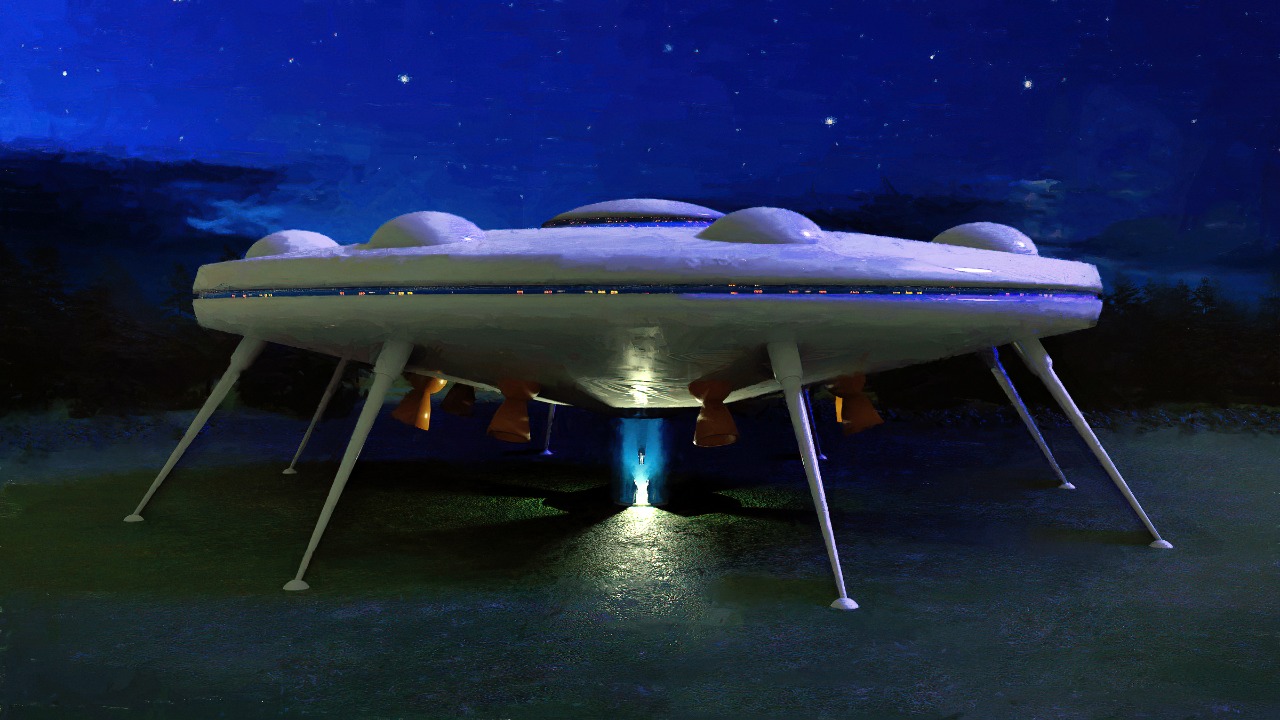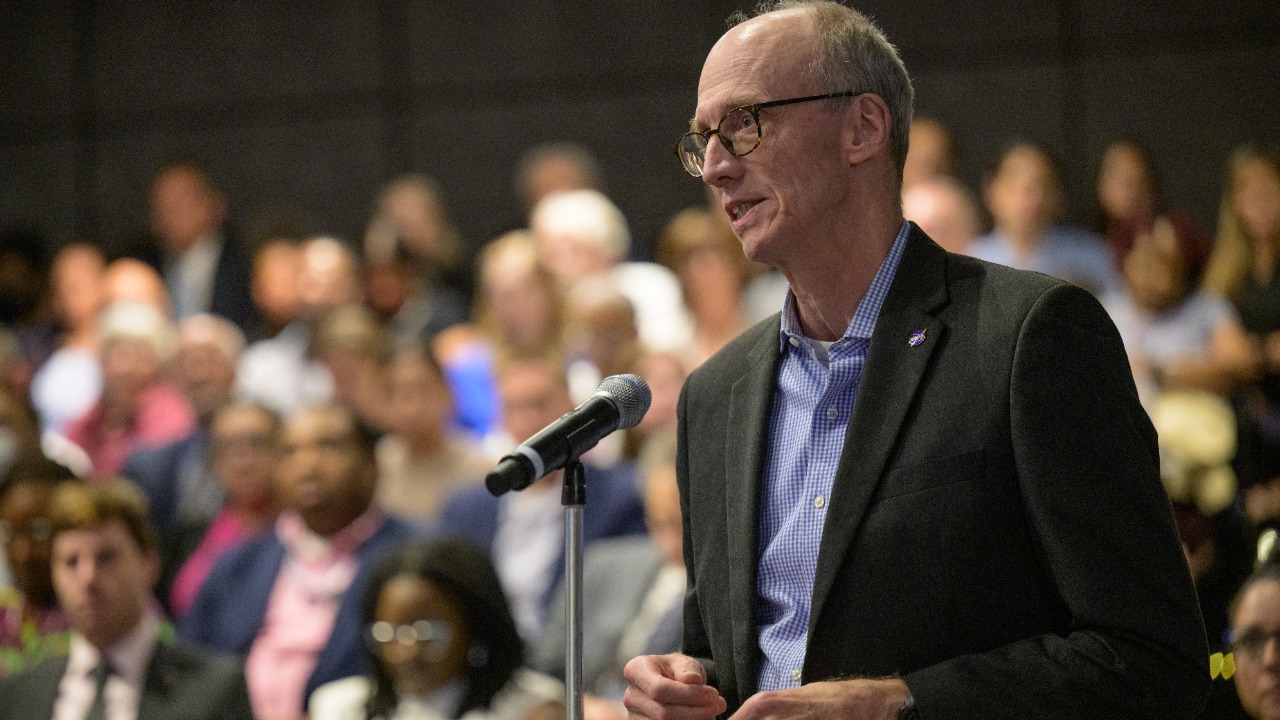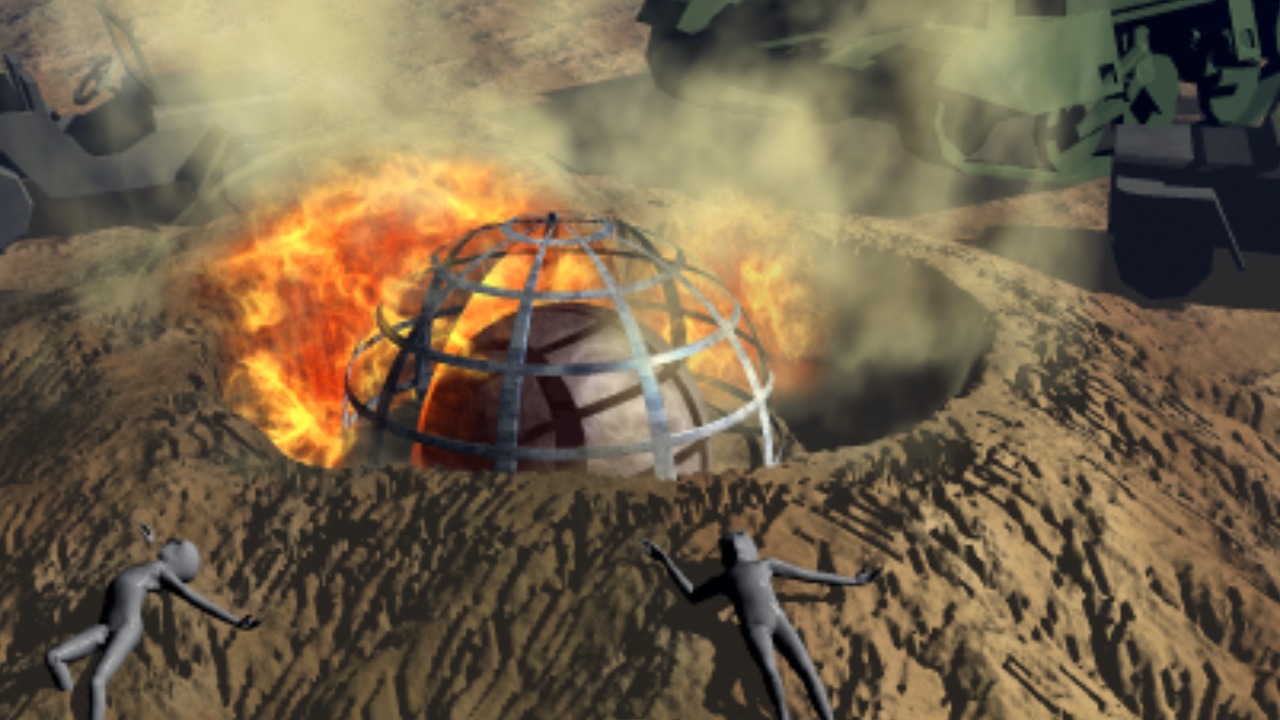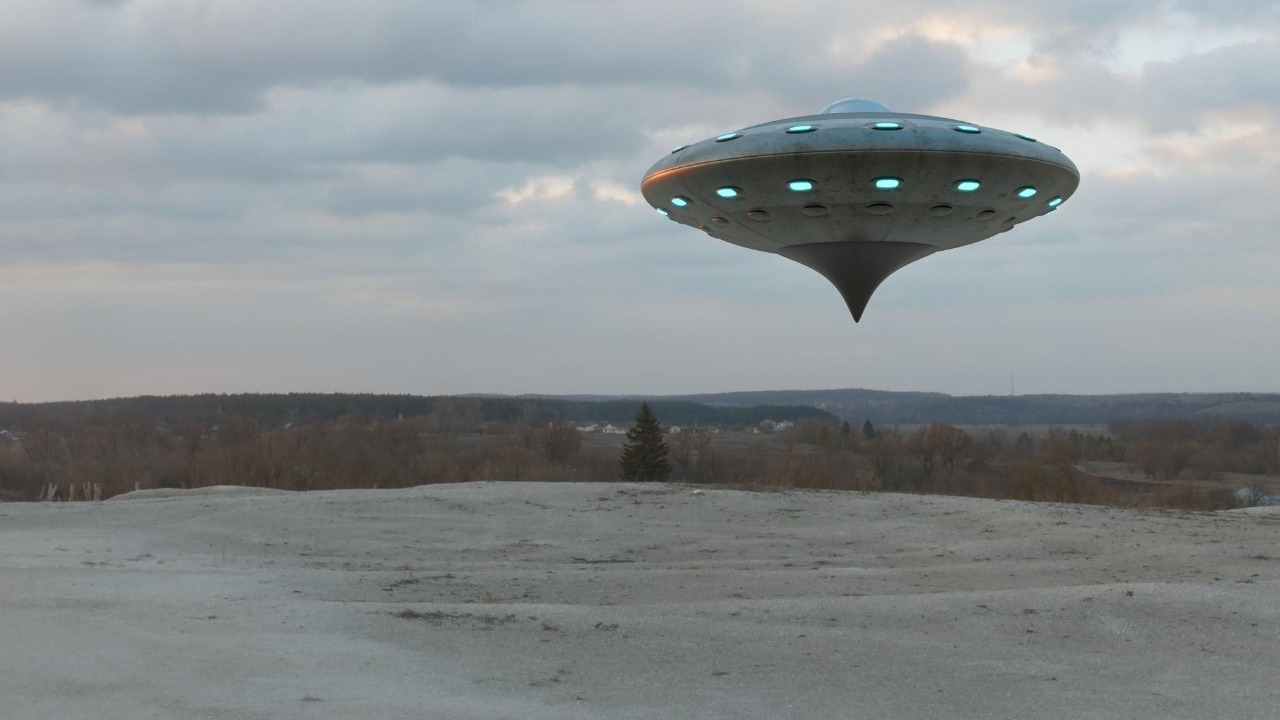
Recent disclosures on unidentified flying objects (UFOs) have sparked widespread intrigue, particularly regarding claims of technologies that defy current scientific understanding. Reports from various credible sources, including government agencies, suggest that these objects exhibit capabilities beyond those of known human-made aircraft.
The Pentagon’s Revelations

The recent release of a Pentagon report on UFOs has created a significant buzz, as it sheds light on numerous sightings and encounters with unidentified aerial phenomena (UAPs). The report, which compiles observations from military pilots and other credible witnesses, outlines various instances where these objects demonstrated capabilities that far exceed current aerospace technology. However, the report stops short of identifying these phenomena as extraterrestrial in origin, emphasizing that no concrete evidence supports the existence of alien technology.
Among the report’s most intriguing aspects are the detailed descriptions of observed flight patterns and technological capabilities. These UAPs reportedly exhibit extraordinary speed and maneuverability, often performing aerial feats that challenge the known laws of physics. In some cases, the objects have been described as having no visible propulsion systems, further complicating efforts to identify their origins. Additionally, the report hints at the possibility of unknown materials or energy sources being involved, although it does not provide specific details on these aspects. These revelations continue to fuel both curiosity and skepticism within scientific and defense communities.
Scientific Community’s Response

The scientific community has responded to these revelations with a mix of skepticism and a call for further investigation. Prominent scientists emphasize the need for more rigorous data collection and analysis before jumping to conclusions about the nature of these UAPs. Many researchers argue that the current evidence, while intriguing, is insufficient to make definitive claims about alien technology or advanced human-made crafts. The importance of peer-reviewed research is highlighted as a crucial step in validating any claims related to these sightings.
In the absence of concrete evidence, several theories and scientific explanations have been proposed. Some experts suggest that natural phenomena, such as atmospheric anomalies or rare meteorological events, could account for some of the sightings. Others explore the possibility that advanced human technology, potentially experimental military crafts, might be responsible for the observed capabilities. Various discussions on platforms like Reddit delve into these potential explanations, highlighting the diverse range of opinions within the scientific community.
Historical Context and Comparisons

To understand the current fascination with UFOs, it is essential to look back at past sightings and technological claims. Historical incidents, such as the famous 1947 Roswell event, have long fueled speculation about extraterrestrial encounters. These incidents often feature descriptions of advanced technologies, similar to those in the recent Pentagon report. A comparative analysis reveals that government responses to UFO sightings have evolved over time, with modern approaches focusing more on transparency and data collection.
Public and scientific attitudes towards UFOs have also shifted significantly over the decades. In the mid-20th century, UFO sightings often sparked widespread panic and fear, fueled by sensationalist media coverage. Today, while interest remains high, there is a more measured approach to these phenomena, driven by a demand for factual information and scientific investigation. The influence of media and popular culture continues to shape UFO narratives, with documentaries and fictional portrayals contributing to the ongoing intrigue.
Implications for Technology and Security

The potential implications of these UFO sightings extend beyond scientific curiosity, impacting national security and technological advancement. Government agencies express concern about the strategic implications of unidentified aerial phenomena, particularly in terms of potential threats to national security. The presence of unknown technologies in global airspace raises questions about defense capabilities and international relations, necessitating a comprehensive understanding of these phenomena.
Furthermore, the technological capabilities described in UFO reports could inspire new avenues of research and development. The prospect of breakthroughs in materials science and propulsion systems is particularly enticing to scientists and engineers. These reports may serve as a catalyst for innovation, encouraging exploration into unexplored areas of technology. As researchers and policymakers consider the possibilities, the line between science fiction and reality continues to blur.
Moving Forward: The Need for Transparency and Research

As interest in UFO phenomena grows, there is a mounting call for increased transparency from authorities. The public demands access to more detailed and accessible information, pushing for government initiatives that foster transparency and accountability. Some initiatives, like the establishment of task forces to investigate UAPs, aim to address these concerns and provide clearer insights into these mysterious encounters.
The importance of interdisciplinary research cannot be overstated in the quest to understand these phenomena. Collaboration between scientists, engineers, and policymakers is crucial in developing a comprehensive approach to studying UFOs. Prospects for international cooperation are also promising, as global collaboration could lead to a more thorough understanding of these phenomena. By working together, the international community can hope to unravel the mysteries surrounding UFOs and their potential technological implications.